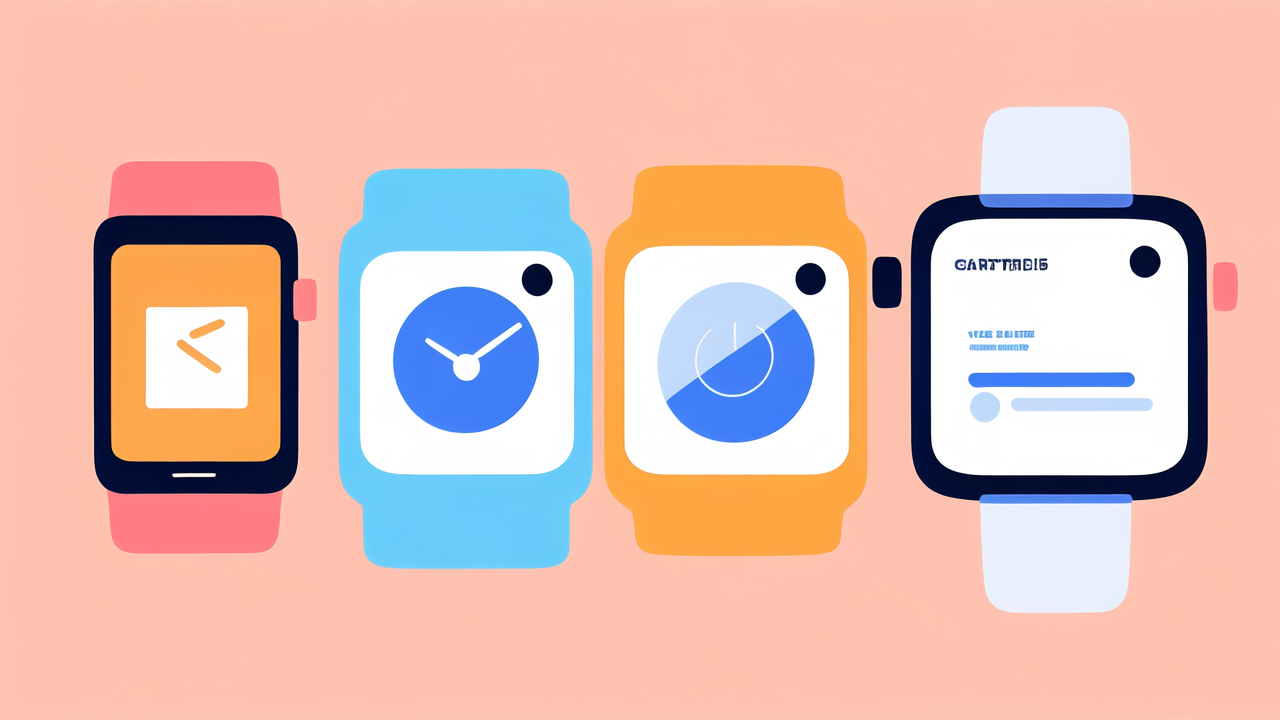Understanding the Role of Smart Bracelets in Fitness Regimes
The Evolution of Fitness Wearables
Smart bracelets have come a long way since their inception. They started as simple step counters. Now, they're advanced devices that track various health metrics. The first models only counted steps and estimated calories burned. Today's smart bracelets can monitor heart rate, sleep patterns, and even stress levels. They've become smaller, more stylish, and more accurate over time. Many now have touchscreens and can display notifications from your phone. The evolution of these devices has made them essential tools for fitness enthusiasts and health-conscious individuals alike.

Key Features of Top-Tier Smart Bracelets
Modern smart bracelets offer a wide range of features to enhance your workout experience. Here are some key features to look for:
- Heart rate monitoring
- GPS tracking
- Water resistance
- Sleep tracking
- Stress monitoring
- Workout mode detection
- Long battery life
- Customizable watch faces
- Smartphone notifications
These features allow users to get a comprehensive view of their health and fitness. They help in setting and achieving fitness goals more effectively.
Integration with Mobile Applications and Platforms
Smart bracelets work best when paired with mobile apps. These apps provide detailed insights into your fitness data. They often sync with popular fitness platforms like MyFitnessPal or Strava. This integration allows for a more holistic approach to health tracking. You can view trends over time, set goals, and get personalized recommendations. Some apps even offer social features, letting you compete with friends or join challenges. The seamless connection between device and app makes it easier to stay motivated and track progress.
Comparing the Best Smart Bracelets for Athletes and Casual Users
Breaking Down the Top Models
Several smart bracelet models stand out in the market. For athletes, the Garmin Vivosmart 4 offers advanced metrics and long battery life. The Fitbit Charge 5 is great for both athletes and casual users. It has a sleek design and a wide range of features. The Xiaomi Mi Band 6 is a budget-friendly option with impressive capabilities. For those focused on style, the Samsung Galaxy Fit2 combines fashion with function. Each model has its strengths, catering to different needs and preferences.

Assessing Price Points and Specifications
Smart bracelet prices vary widely, from budget-friendly to high-end options. Here's a quick breakdown:
- Budget ($30-$50): Basic features, good for beginners
- Mid-range ($50-$100): More advanced tracking, better build quality
- High-end ($100+): Premium features, top-notch accuracy
When choosing, consider what features are most important to you. A casual user might be happy with a budget option. An athlete might prefer a high-end model with more detailed metrics. Look at battery life, water resistance, and compatibility with your smartphone. These factors can greatly affect your user experience.
Durability and Comfort for Long Workouts
For intense workouts, durability and comfort are crucial. Look for bracelets with strong, scratch-resistant screens. Silicone or fabric straps are often more comfortable for long periods. Some models offer interchangeable bands for different activities. Water resistance is important for swimmers or those who sweat a lot. A lightweight design prevents the bracelet from interfering with your movements. Consider how the bracelet feels during different types of exercises. A comfortable fit ensures you'll want to wear it consistently.
Implementing Smart Bracelets into Daily Routines and Training Sessions
Strategies for Tracking Daily Activity and Sleep Quality
To get the most out of your smart bracelet, wear it consistently. Set daily step goals to encourage more movement. Use the sleep tracking feature to understand your sleep patterns. Many bracelets offer insights on sleep stages and quality. This data can help you adjust your bedtime routine for better rest. Pay attention to your daily activity levels. Try to increase your active minutes each week. Some bracelets remind you to move if you've been sitting too long. This feature can help combat a sedentary lifestyle.

Enhancing Workout Efficiency with Real-Time Data
During workouts, use your smart bracelet to monitor your heart rate. This helps you stay in the right intensity zone for your goals. Many bracelets can automatically detect different types of exercises. They provide real-time stats like pace, distance, and calories burned. Use this data to push yourself harder or know when to slow down. Some models offer guided breathing exercises for recovery. After your workout, review your stats to track your progress over time. This can help you identify areas for improvement.
Customizing Bracelet Settings for Optimal Performance
Tailor your smart bracelet settings to your specific needs. Set up custom heart rate zones based on your fitness level. Adjust notification settings to minimize distractions during workouts. Some bracelets allow you to create custom workout modes. Use these for activities the bracelet might not recognize automatically. Experiment with different watch face layouts to display the most relevant info. Regularly update your bracelet's firmware for the latest features and improvements. By customizing your device, you ensure it works best for your unique fitness journey.




Leave a comment
This site is protected by hCaptcha and the hCaptcha Privacy Policy and Terms of Service apply.